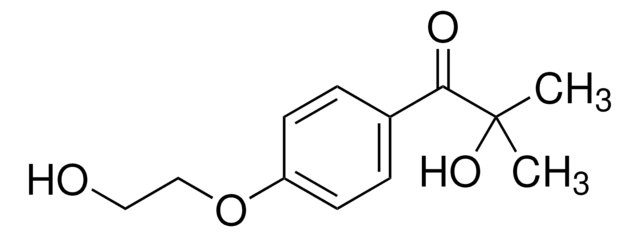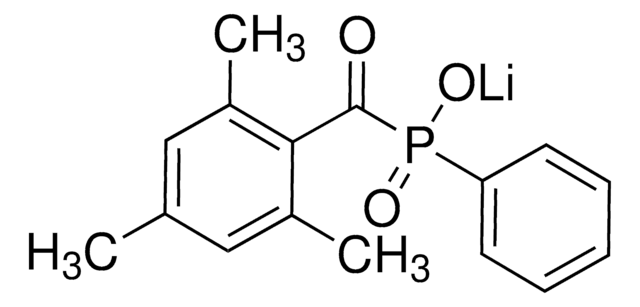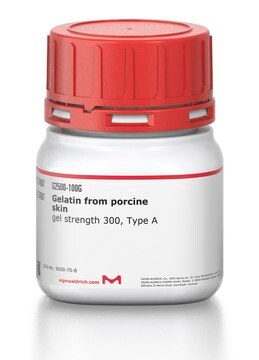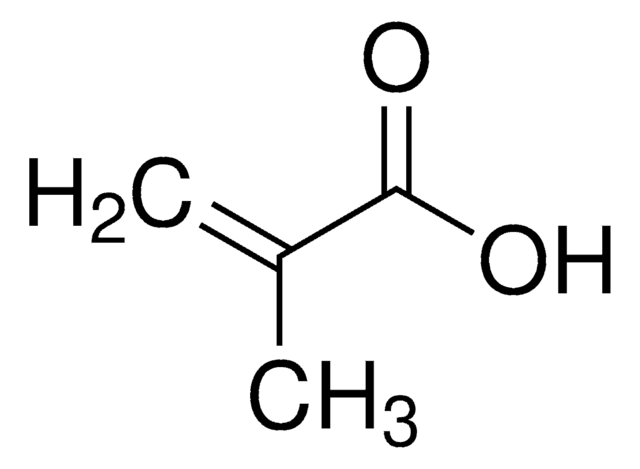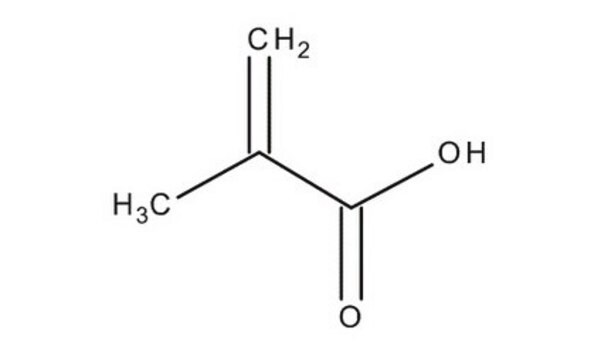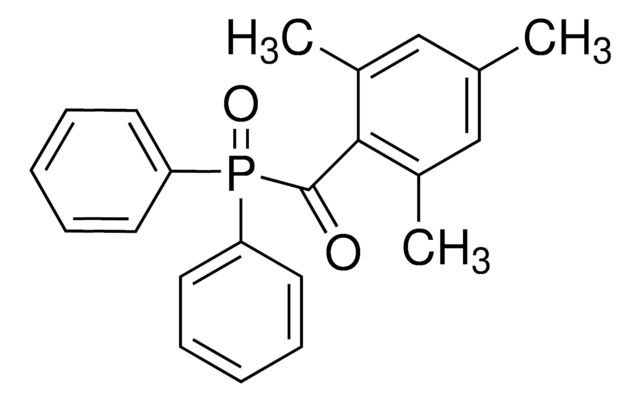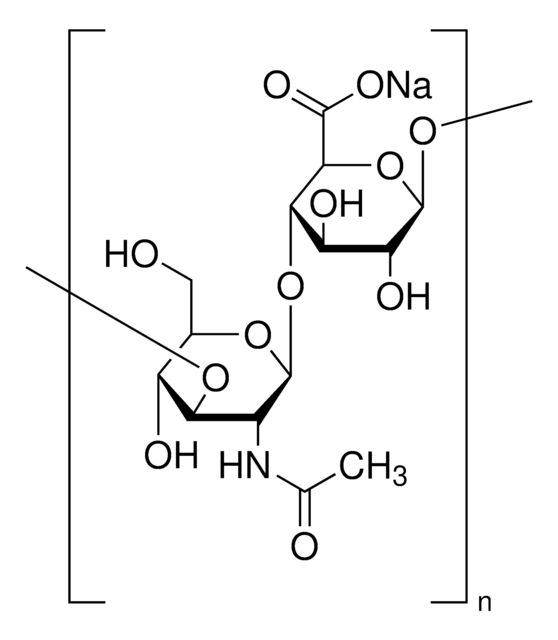276685
Methacrylic anhydride
contains 2,000 ppm topanol A as inhibitor, ≥98%
Sinonimo/i:
Methacrylic acid anhydride
About This Item
Prodotti consigliati
Saggio
≥98%
Stato
liquid
contiene
2,000 ppm topanol A as inhibitor
Indice di rifrazione
n20/D 1.453 (lit.)
P. ebollizione
87 °C/13 mmHg (lit.)
Densità
1.035 g/mL at 25 °C (lit.)
Stringa SMILE
CC(=C)C(=O)OC(=O)C(C)=C
InChI
1S/C8H10O3/c1-5(2)7(9)11-8(10)6(3)4/h1,3H2,2,4H3
DCUFMVPCXCSVNP-UHFFFAOYSA-N
Cerchi prodotti simili? Visita Guida al confronto tra prodotti
Categorie correlate
Descrizione generale
Applicazioni
- Methacrylated chondroitin sulfate pH-sensitive hydrogels by copolymerization reaction. These hydrogels can be used in drug delivery systems.
- High-performance lignin-based thermosets.
- Gel polymer electrolyte, which is then integrated with the cathode to form high-performance lithium-ion batteries.
Avvertenze
Danger
Indicazioni di pericolo
Classi di pericolo
Acute Tox. 4 Inhalation - Acute Tox. 4 Oral - Eye Dam. 1 - Skin Irrit. 2 - Skin Sens. 1 - STOT SE 3
Organi bersaglio
Respiratory system
Codice della classe di stoccaggio
10 - Combustible liquids
Classe di pericolosità dell'acqua (WGK)
WGK 2
Punto d’infiammabilità (°F)
183.2 °F - closed cup
Punto d’infiammabilità (°C)
84 °C - closed cup
Dispositivi di protezione individuale
Eyeshields, Faceshields, Gloves, type ABEK (EN14387) respirator filter
Scegli una delle versioni più recenti:
Possiedi già questo prodotto?
I documenti relativi ai prodotti acquistati recentemente sono disponibili nell’Archivio dei documenti.
I clienti hanno visto anche
Articoli
Discussion of synthetic modifications to gelatin, improving the three-dimensional (3D) print resolution, and resulting material properties.
Il team dei nostri ricercatori vanta grande esperienza in tutte le aree della ricerca quali Life Science, scienza dei materiali, sintesi chimica, cromatografia, discipline analitiche, ecc..
Contatta l'Assistenza Tecnica.